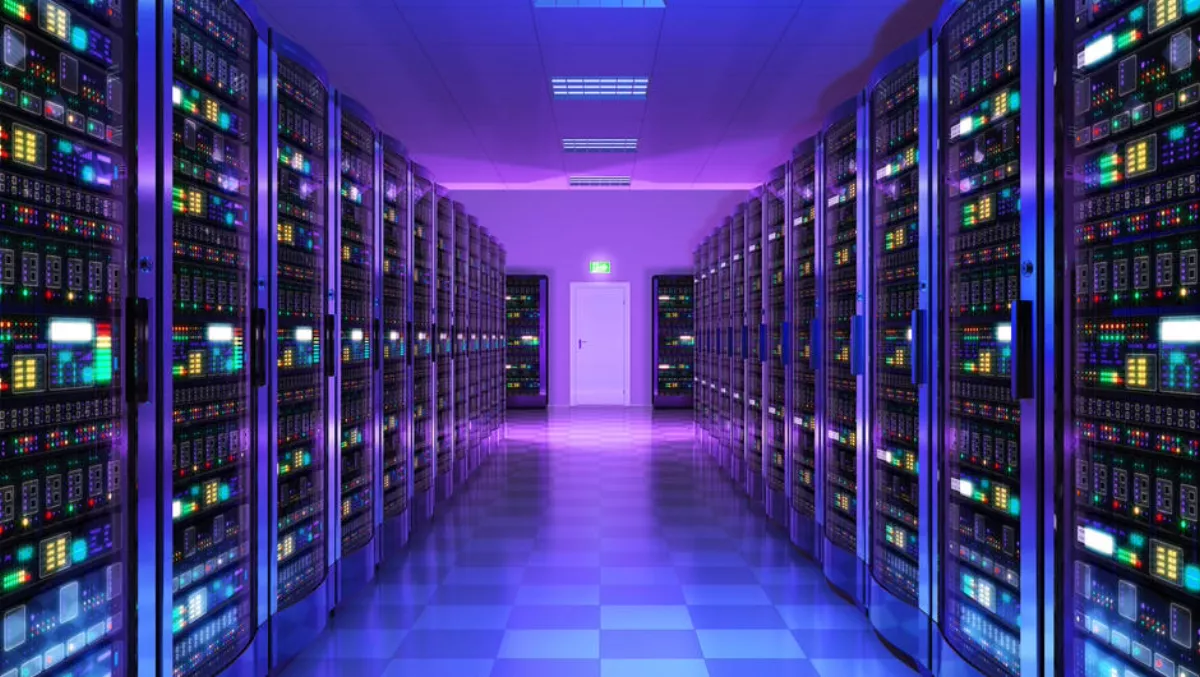
Why are on-premise data centers a thing of the past?
In the data center industry, the only thing that's certain is change.
And this change, like much of the world, is being driven by data. According to IDC, the global datasphere will grow to a whopping 163 zettabytes by 2025. There are a number of ways of putting this into perspective.
My favourite analogy to describe the vastness of our future data production is this one:
If each Petabyte in a Zettabyte were acentimetre,
then we could reach a height 12 times higher than the Burj Khalifa
(the world's tallest building at 828 meters high).
With more data, from more sources, anticipated over the coming years – the heat is on for operators and businesses to "handle" the growing data deluge as effectively and safely as possible.
In a bid to drive competitive edge, gain control of their costs, and remove themselves from the ever-growing task of data storage, we're increasingly seeing large enterprises and medium-sized businesses move away from on-premise data centers and have increased reliance on third-party providers.
This is a trend we can expect to see grow throughout the year for a number of reasons, such as:
Using expert cloud providers enables innovation on a new level
For many, this seems to be the primary driver.
As John Nichols, director of enterprise architecture at California utility PG-E pointed out:
"Things may appear similar to legacy data center technologies, but the cloud operates in exponential terms. It is radically different."
Indeed, cloud services today enable IT departments to do a lot more than simply store data efficiently.
More data means more strain on the power grid
Most of us understand that data centers consume massive amounts of power.
The good news here is that rather than use more and more power (and create more harmful emissions) to run on-premise data centers, enterprises are shifting workloads into third-party facilities that are investing heavily into green power and next-generation cooling technologies.
Data center technologies are evolving rapidly
Cooling technologies aren't the only aspect of data center operations that are changing.
In fact, AI and machine learning are quickly becoming a requirement in order to compute larger amounts of data and make faster, smarter decisions.
Rather than try to keep up with the rapid pace of innovation (and the capital investment that goes along with it), enterprises are choosing to rely on companies that specialize exclusively in data center operations.
Security is a top concern
For many, the perceived risk of data loss or damage is becoming too much to manage.
At this point, everyone has seen the damage that incidents like data breaches and downtime can cause a business.
As cyber attacks are getting more sophisticated and common, and data is becoming more abundant and precious, many organizations see this as reason enough to colocate in a third party facility with a reputation for security and reliability.
Data centers can address compliance
Last, but certainly not least, data centers can help users get to grips with compliance, often having dedicated and comprehensive compliance programs to address individual needs.
With compliance regularly evolving, data centers have fast become a reliable and safe way to meet government and trade body regulations, rather than businesses needing to commit a dedicated resource to the task.

